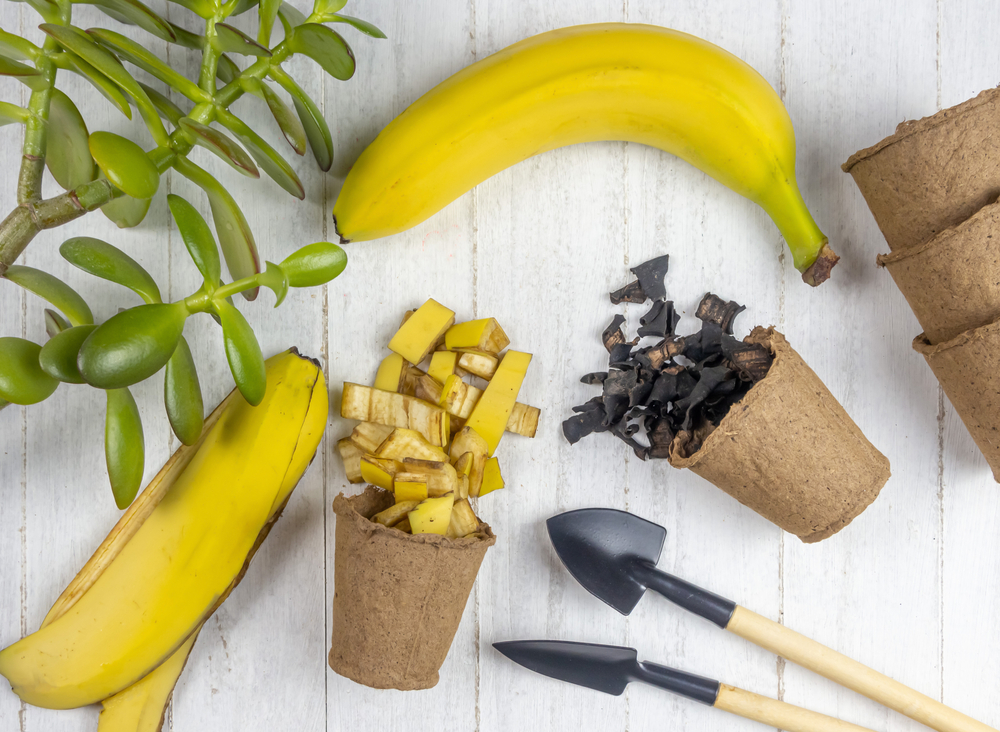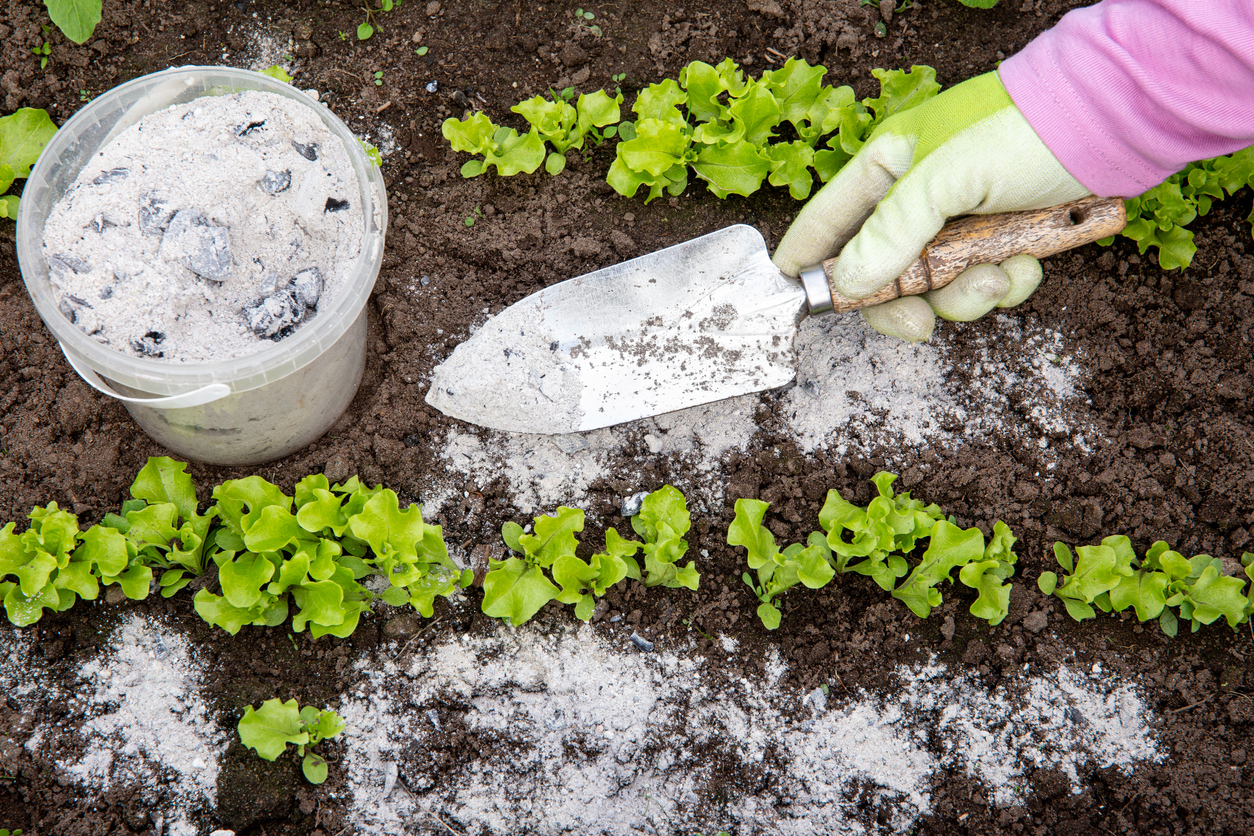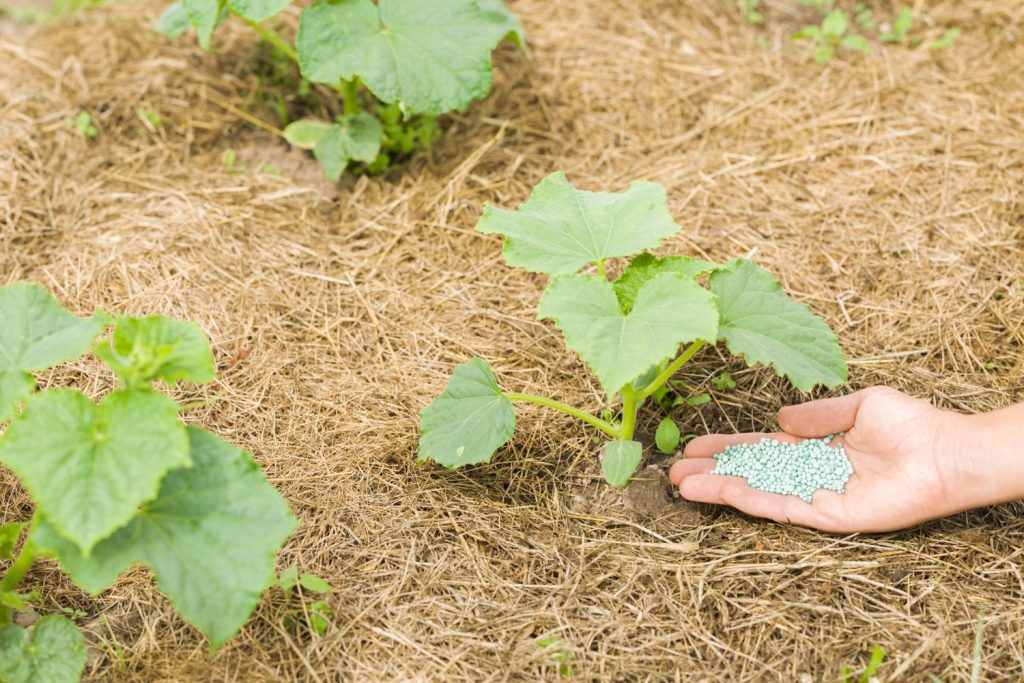How to Use Banana Peels as Fertilizer
When it comes to gardening, many people overlook the potential benefits of using banana peels as fertilizer. Not only are banana peels a natural and cost-effective way to nourish your plants, but they also contain essential nutrients that can help your garden thrive. In this article, we will explore the various ways in which you can use banana peels to boost the health of your plants and soil.
Before we dive into the different methods of using banana peels as fertilizer, let’s first understand why they are so beneficial for your garden. Banana peels are rich in potassium, phosphorus, and calcium – all of which are essential nutrients for plant growth. By incorporating banana peels into your gardening routine, you can provide your plants with a natural source of these nutrients, leading to healthier and more productive crops.
1. Composting Banana Peels
One of the most common ways to use banana peels as fertilizer is by composting them. Composting banana peels is a simple process that can help enrich your soil and improve its overall health. To compost banana peels, simply chop them into small pieces and add them to your compost pile along with other organic materials. Over time, the banana peels will break down and release their nutrients into the soil, providing your plants with a natural source of fertilizer.
2. Making Banana Peel Tea
Another way to use banana peels as fertilizer is by making banana peel tea. To make banana peel tea, simply place a few chopped banana peels into a container filled with water and let it sit for a few days. The nutrients from the banana peels will leach into the water, creating a nutrient-rich liquid fertilizer that can be used to water your plants. Banana peel tea is a great way to give your plants a quick boost of nutrients and can be especially beneficial for potted plants.
3. Directly Adding Banana Peels to the Soil
If you prefer a more straightforward approach, you can also directly add banana peels to the soil. Simply bury the banana peels a few inches below the surface of the soil near your plants. As the banana peels decompose, they will release their nutrients directly into the soil, providing a steady source of fertilizer for your plants. This method is especially effective for plants that have a higher potassium requirement, such as tomatoes and peppers.
4. Using Dried Banana Peels as Mulch
Alternatively, you can also use dried banana peels as mulch in your garden. Drying banana peels is a simple process that involves laying them out in the sun until they are completely dry. Once dried, you can chop them into smaller pieces and spread them around the base of your plants as mulch. Banana peel mulch not only helps retain moisture in the soil but also slowly releases nutrients as it decomposes, providing a long-lasting source of fertilizer for your plants.
5. Using Banana Peels in Vermicomposting
If you are into vermicomposting, you can also use banana peels as part of your worm bin feed. Worms love banana peels, and by adding them to your vermicompost bin, you can create nutrient-rich worm castings that are perfect for fertilizing your plants. Simply chop the banana peels into small pieces and add them to your worm bin along with other food scraps. The worms will break down the banana peels and turn them into valuable fertilizer for your garden.
Overall, banana peels are a versatile and nutrient-rich fertilizer that can benefit your plants in various ways. Whether you choose to compost them, make banana peel tea, add them directly to the soil, use them as mulch, or incorporate them into vermicomposting, banana peels can help enhance the health and productivity of your garden. So, next time you enjoy a banana, don’t throw away the peel – instead, put it to good use in your garden!



